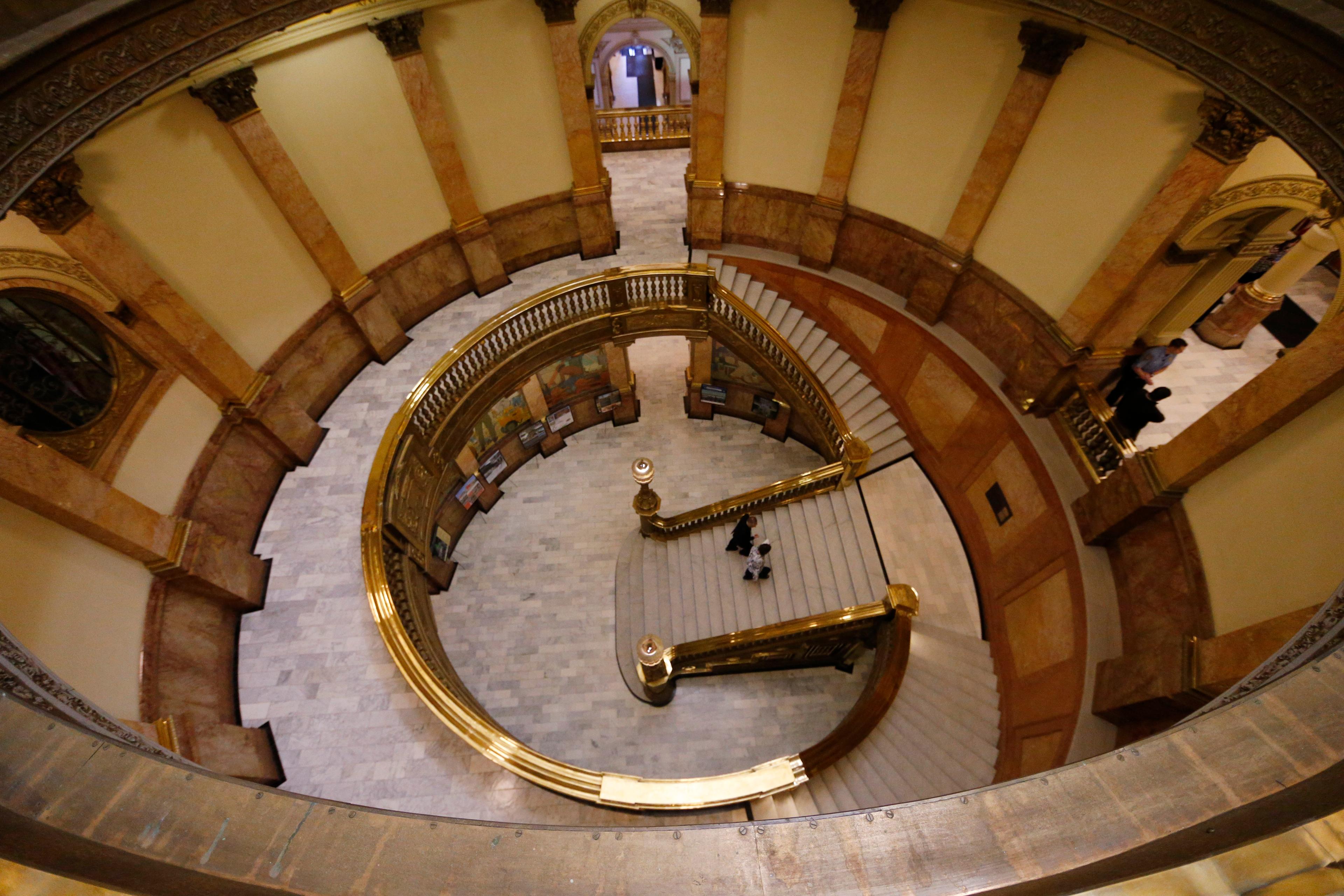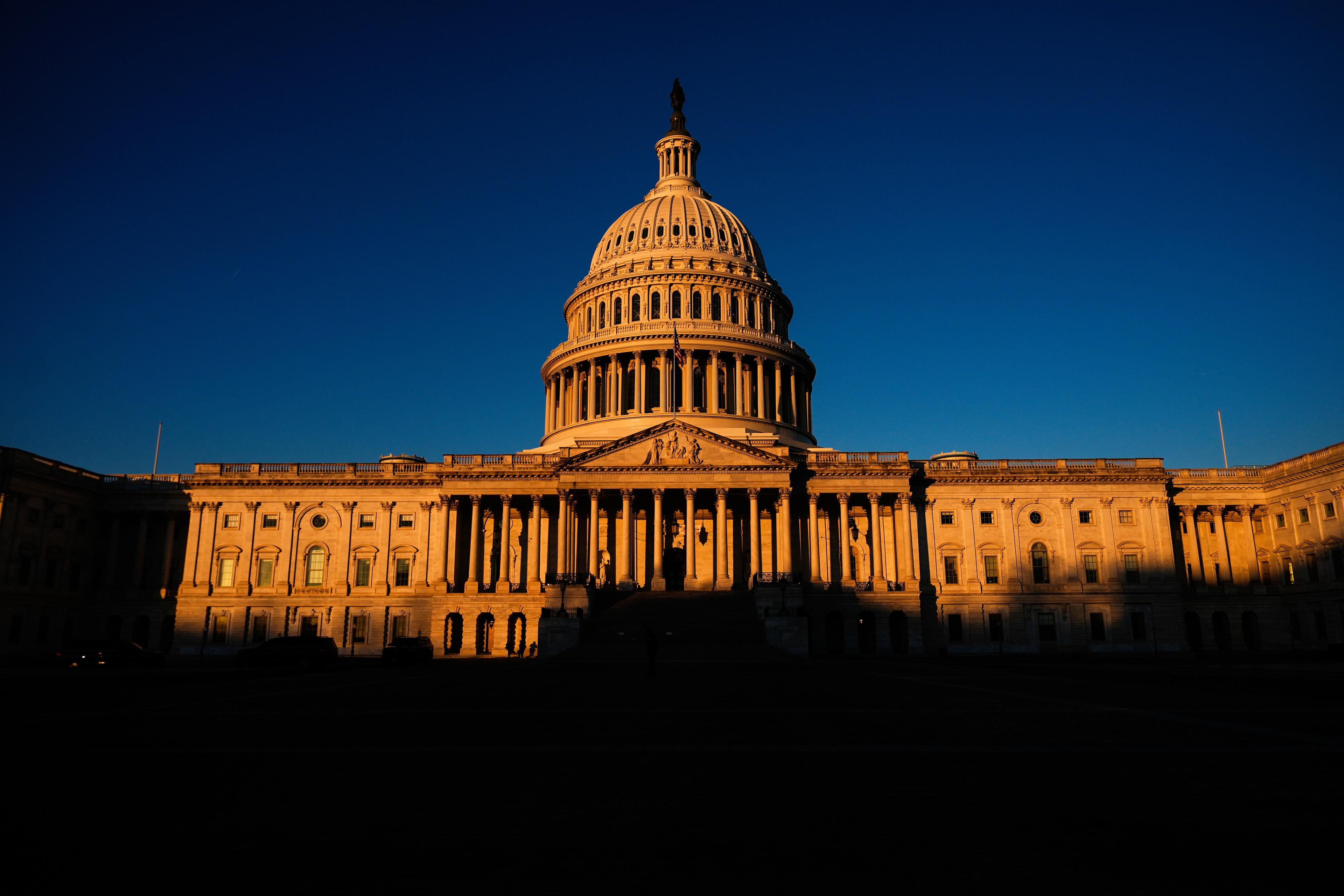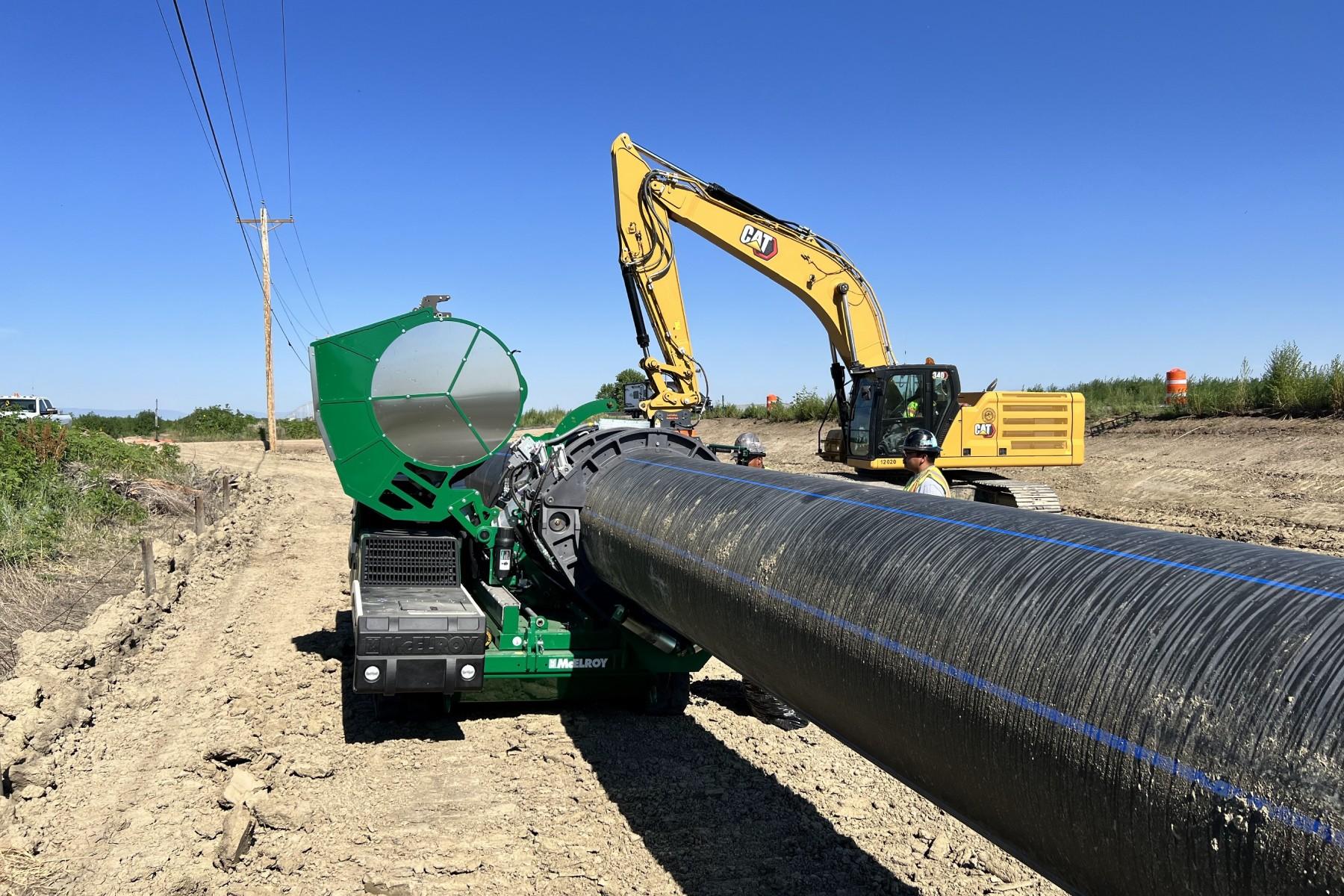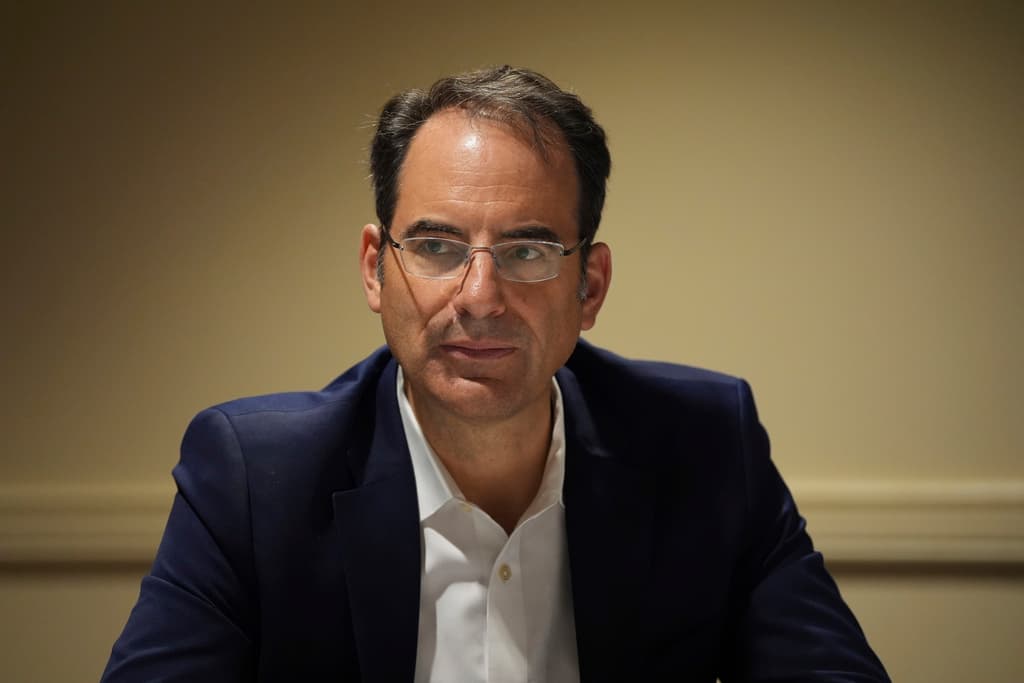

Call it a bill with something for everyone to hate.
A legislative committee will take its first pass at Senate Bill 200, 57 pages of dense public policy meant to majorly overhaul Colorado’s Public Employee Retirement Association, the state’s pension fund.
There are bipartisan sponsors, and yet, even as lawmakers unveiled the bill, they acknowledged it likely can’t pass in its current form.
Republicans, Democrats and PERA members all have very different views on what needs to be done to secure the fund’s future. The only thing they all can agree on at this point, is that something needs to change, or the retirements of hundreds of thousands of people, and the fiscal health of the state as a whole, could suffer.
Here’s The Problem:
Currently, the math on Colorado’s massive public pension system doesn’t quite add up. The fund has promised more in retiree benefits than it has in the bank. Under its existing revenue projections, it will be a lifetime before those two numbers balance out.
More than a half a million current and former Colorado employees — state workers, teachers, law enforcement and others — belong to PERA. For those who make their career in the public sector, it’s the only retirement support they’ll get, taking the place of Social Security.
PERA currently possesses 56 cents of every dollar it owes. Their most recent financial report shows that at the end of 2016, the fund had committed to pay $76,929,483,000 in benefits, but only holds assets worth around half that, $43,148,650,000. Investment income should eventually close that gap, but not for nearly 80 years.
“The extended period of time for PERA to reach fully funded status increases the risk profile not only for our members, but for all taxpayers throughout the state of Colorado,” then-executive director Gregory Smith wrote in his introduction to the annual financial report. Smith passed away in late 2017.
S&P Global Ratings reached the same conclusion, warning Colorado’s credit could be downgraded if PERA doesn’t get on a firmer financial footing, and fast.
Here Are The Ideas:
There are just a couple of tools policy makers can use to speed up the timeline to get PERA fully funded. They can raise how much employers — who are ultimately taxpayers — contribute to the plan. They can increase employee contributions. They can reduce retiree benefits. Or they can hope that PERA’s investments do better than expected.
That last approach is part of what got PERA in this trouble. So policymakers are focused on the first two. Gov. John Hickenlooper, Treasurer Walker Stapleton, and PERA’s own board have put forward proposals to shore up the plan.
SB18-200 borrows a bit from all those ideas.
It asks more of public workers in a number of ways. It raises the retirement age to 65 for some current and all future employees. It changes the formula for calculating benefits in a way that will reduce payments for many. It also gradually increases how much of their incomes members have to contribute toward retirement, from 8 percent today, to 11 percent by 2020. State troopers’ contributions will top out at 13 percent.
For current retirees, the bill trims the annual cost of living adjustment, currently set at 2 percent. PERA beneficiaries would get no increase this year or next, and when the COLA returns, it would be set at 1.25 percent annually.
The bill also raises how much taxpayers, via the government, contribute to the fund, by 2 percent over the next few years. Republicans generally oppose the idea of asking the public to spend more on PERA.
The legislation does contain a major conservative priority for the fund — the option for all workers in future years to go with a defined-contribution plan, similar to a 401k. That idea is opposed by many Democrats and public sector unions, who see it as an attempt to undermine, and eventually replace, defined-benefit pensions.
And finally, the bill contains an escape clause, meant to keep the fund on track even if circumstances change. It allows contribution rates and benefits to be adjusted annually, within limits, to keep the fund on track to full solvency in 30 years.
Here Are The Battle Lines:
As soon as the bill was unveiled, interest groups were lining up across the ideological spectrum to register their concerns and complaints.
“The alarming provisions in this bill to expand a defined-contribution or 401k-style plan do absolutely nothing to achieve the goal of fully funding PERA in 30 years,” Kerrie Dallman, president of the state’s largest teachers union said in a press release. “Our legislature needs to ignore the outside voices and instead focus on solutions informed by reliable data.”
Even its backers acknowledge the measure, as it currently stands, probably doesn’t have the votes to pass. The amendment process, they admit, will be key.
“Let the battle begin,” said Senate President Kevin Grantham on the eve of the SB18-200’s first hearing. “Here we are and we have the first proposal offered. Needless to say, not everybody is happy with it.”
Editor's Note: This story was updated to amend numbers from the PERA financial report that were under represented and to clarify the contribution rates for employees and state troopers.








